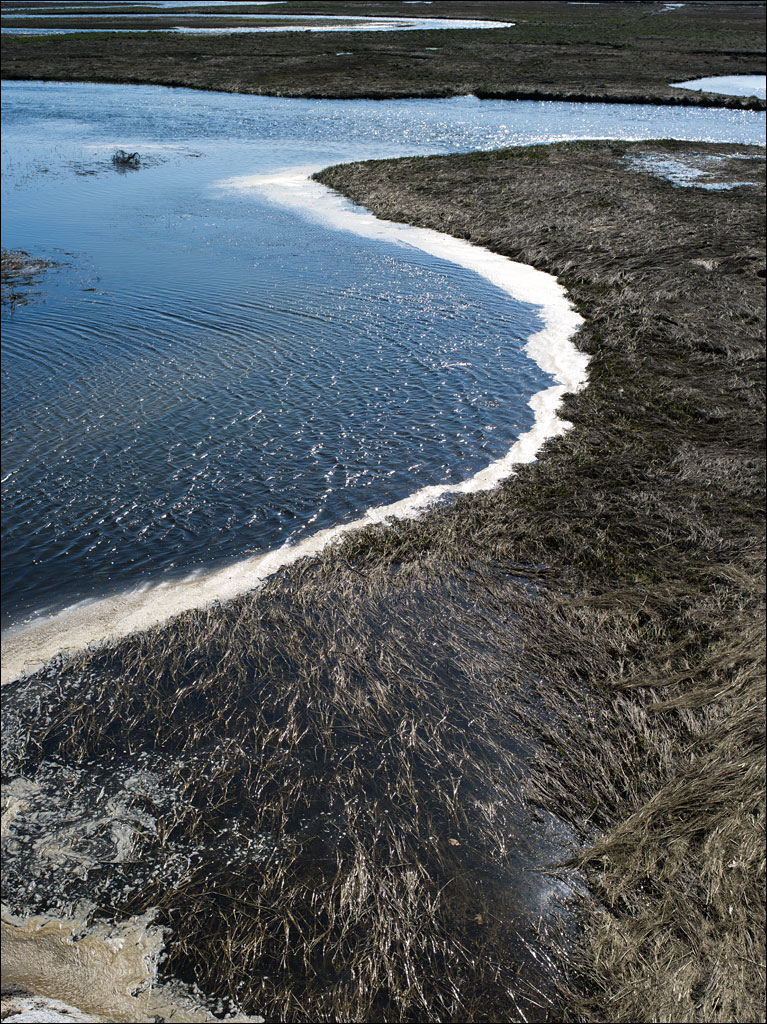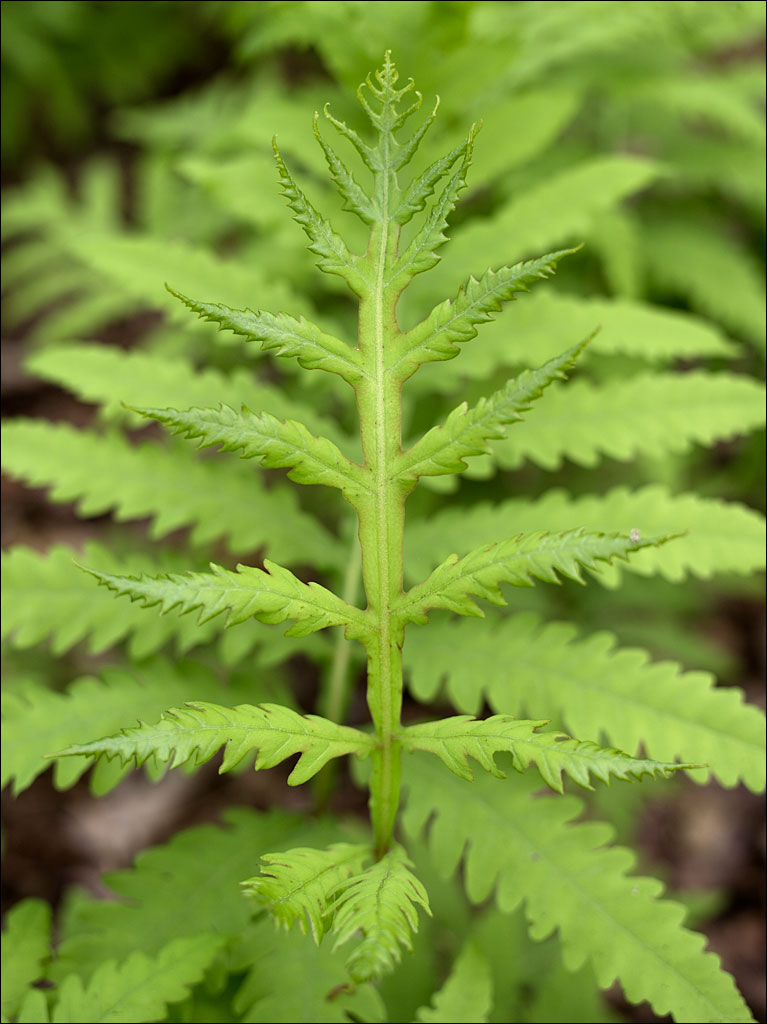 Our woodland gets an amazing understory of fern in the spring. If you had walked through our forest a month ago, all you would have seen on the ground was a carpet of brown leaves. We have several varieties of fern, each opening in their unique way. Click on the image for a larger view.
Our woodland gets an amazing understory of fern in the spring. If you had walked through our forest a month ago, all you would have seen on the ground was a carpet of brown leaves. We have several varieties of fern, each opening in their unique way. Click on the image for a larger view.
Tag Archives: Nature
Spring Forest
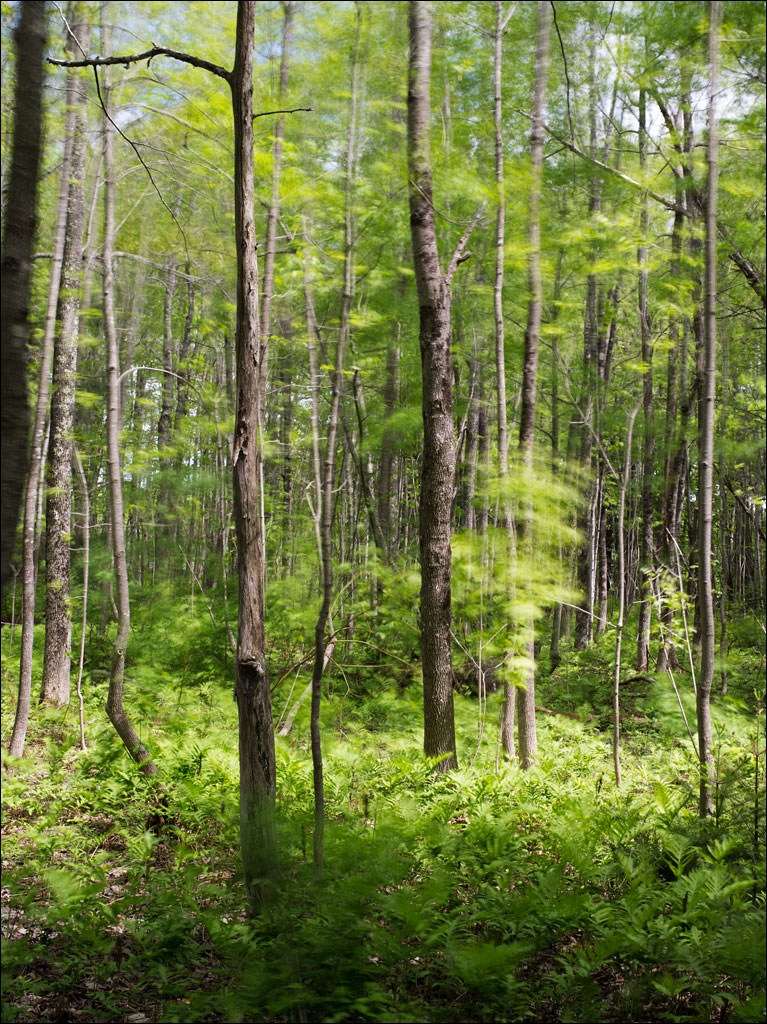 Naomi and I live on four and a half acres of woodland in central Maine. Spring is a wonderful time. The green of the new foliage is radiant. A slight breeze sets the entire forest dancing from the floor to the canopy—a long-exposure photograph can reveal this. Click on the image for a larger view.
Naomi and I live on four and a half acres of woodland in central Maine. Spring is a wonderful time. The green of the new foliage is radiant. A slight breeze sets the entire forest dancing from the floor to the canopy—a long-exposure photograph can reveal this. Click on the image for a larger view.
Like most forest in Maine, ours is second growth, having been cut down for agricultural use at some point in its history. A study on woodland regrowth in New York state shows that the forest that grows up from a clearcut is not the same as the one that was cut down, even after a hounded years. The species of plants and trees differ in type and distribution. A neighboring old-growth forest has no influence on a regenerating woodland.
A Snake in the Wood Pile
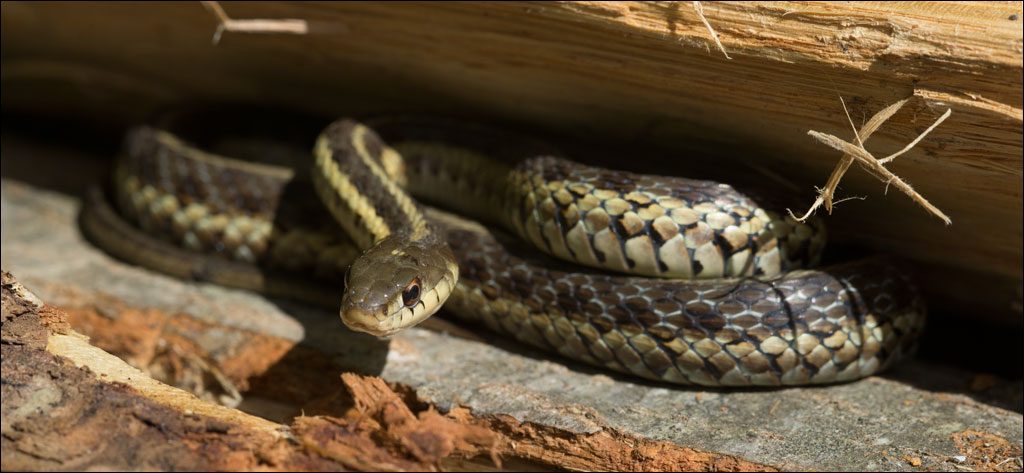 I was stacking firewood for the winter this weekend and came across a common garter snake, Thamnophis sirtalis, sunning itself at the top of the pile. It did not seem too bothered by me and slowly moved through the stacked logs. I have often found discarded snake skins in our firewood, but this is the first time for me to see a live animal.
I was stacking firewood for the winter this weekend and came across a common garter snake, Thamnophis sirtalis, sunning itself at the top of the pile. It did not seem too bothered by me and slowly moved through the stacked logs. I have often found discarded snake skins in our firewood, but this is the first time for me to see a live animal.
This snake is very common in New England and is fairly harmless—if handled or threatened, they can smear you with their pungent musk and may bite, but they are not venomous and the bite rarely breaks the skin. Small snakes mostly feed on earthworms and insects. Larger snakes, two to three feet in length, also eat amphibians and rodents. They will occasionally eat nesting birds. Click on the image for a larger view.
12th Annual Festival of Art
 One of my photographs is in the 12th Annual Festival of Art at the Senior College at Belfast. The show features work from professional and amateur artists in Maine. 2-D and 3-D artwork is spread throughout the college. The show runs from May 15th through May 18th. Click on the image for larger view.
One of my photographs is in the 12th Annual Festival of Art at the Senior College at Belfast. The show features work from professional and amateur artists in Maine. 2-D and 3-D artwork is spread throughout the college. The show runs from May 15th through May 18th. Click on the image for larger view.
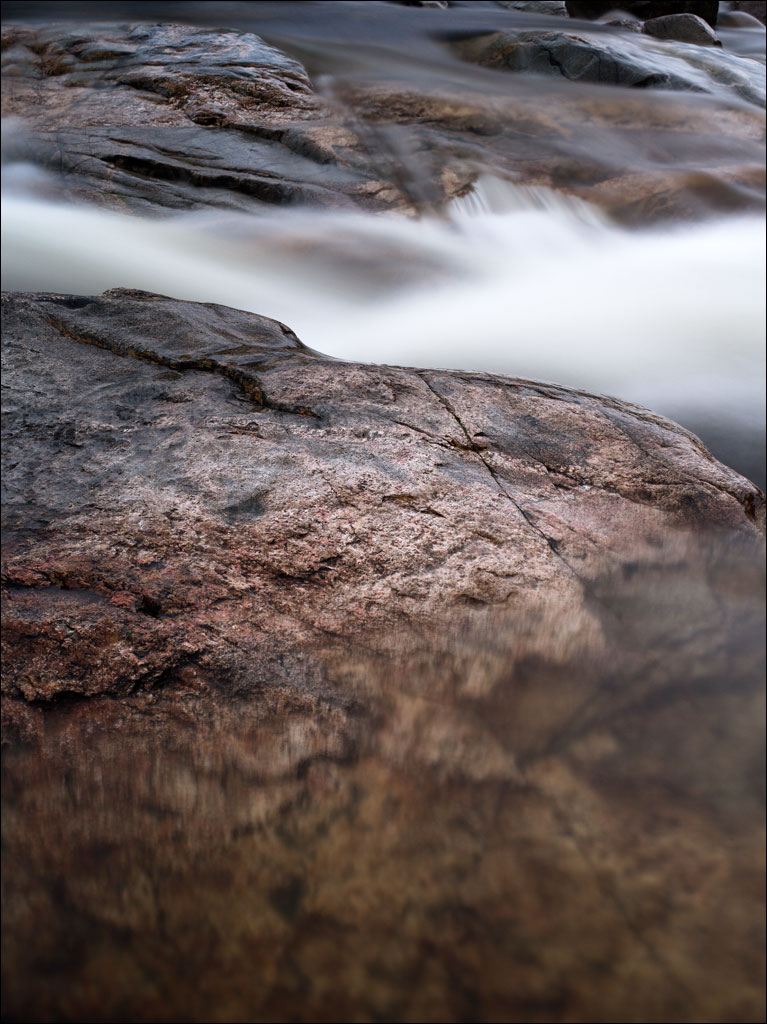
Passing Spring Storm
Spring at a Salt Marsh
Spring Arrives to the Forest
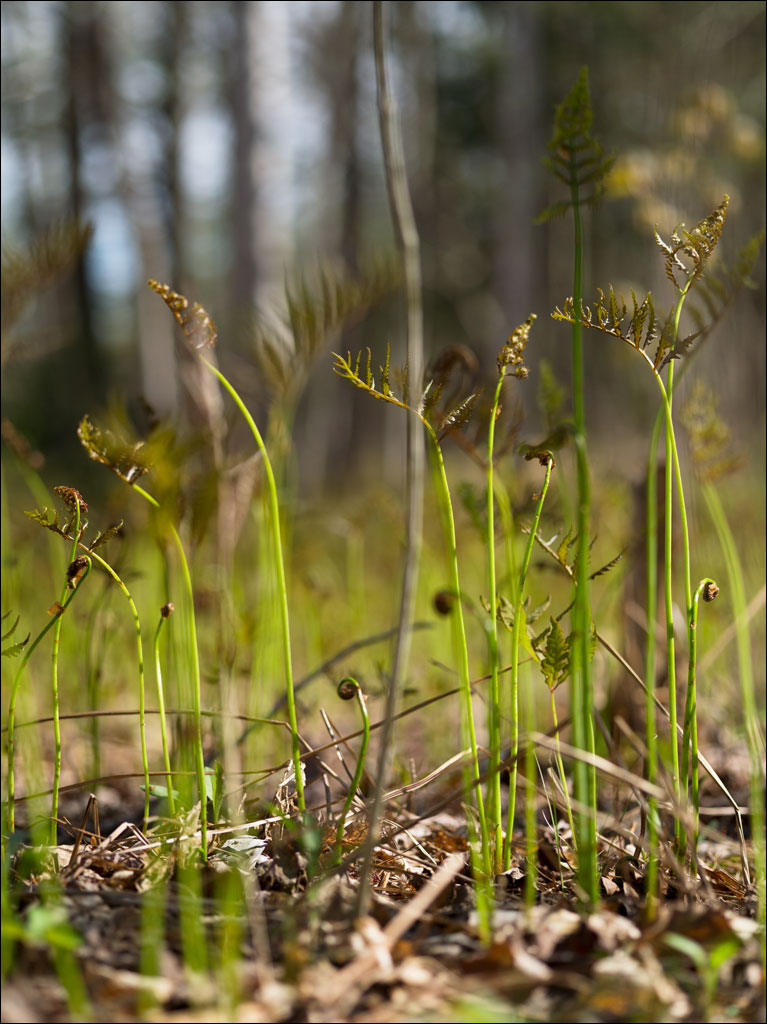 Spring is starting to make its mark. The long winter this year has delayed this season. Our trees are starting to show their foliage and fern is rising from the forest floor. Click on the image for a larger view.
Spring is starting to make its mark. The long winter this year has delayed this season. Our trees are starting to show their foliage and fern is rising from the forest floor. Click on the image for a larger view.
Kamikochi and Yari-ga-take
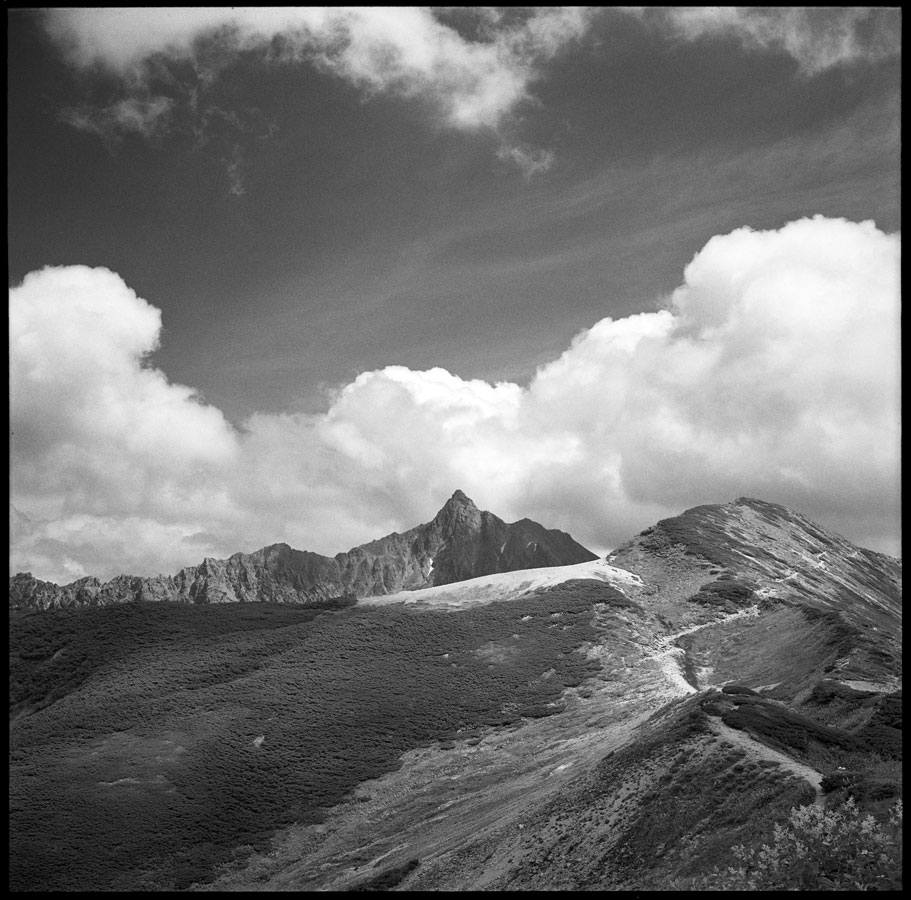 One of the most popular climbing destinations in Kamikochi is the arrow-shaped peak of Yari-ga-take (3,180m/10,430ft.). And it is popular. You will most likely have to stand in line during the morning rush hour while climbers ascend to the summit—there are two routes, one to go up and another to go down.
One of the most popular climbing destinations in Kamikochi is the arrow-shaped peak of Yari-ga-take (3,180m/10,430ft.). And it is popular. You will most likely have to stand in line during the morning rush hour while climbers ascend to the summit—there are two routes, one to go up and another to go down.
The first known ascent of Yari-ga-take was by the Buddhist monk Banryu in 1826. The English missionary Walter Weston would scale this mountain 66 years later. While Banryu installed three Buddhist statues, today the summit has a Shinto shrine. The cave Banryu was said to have used for his attempt is still on the trail a few hundred meters below the ridge.
This image was taken from the trail to Momisawa-dake (2755m/9,040ft.) north of Kamikochi. This is a gentler, more secluded section of the alps. Click on the image for a larger view.
Kamikochi and Daikiretto
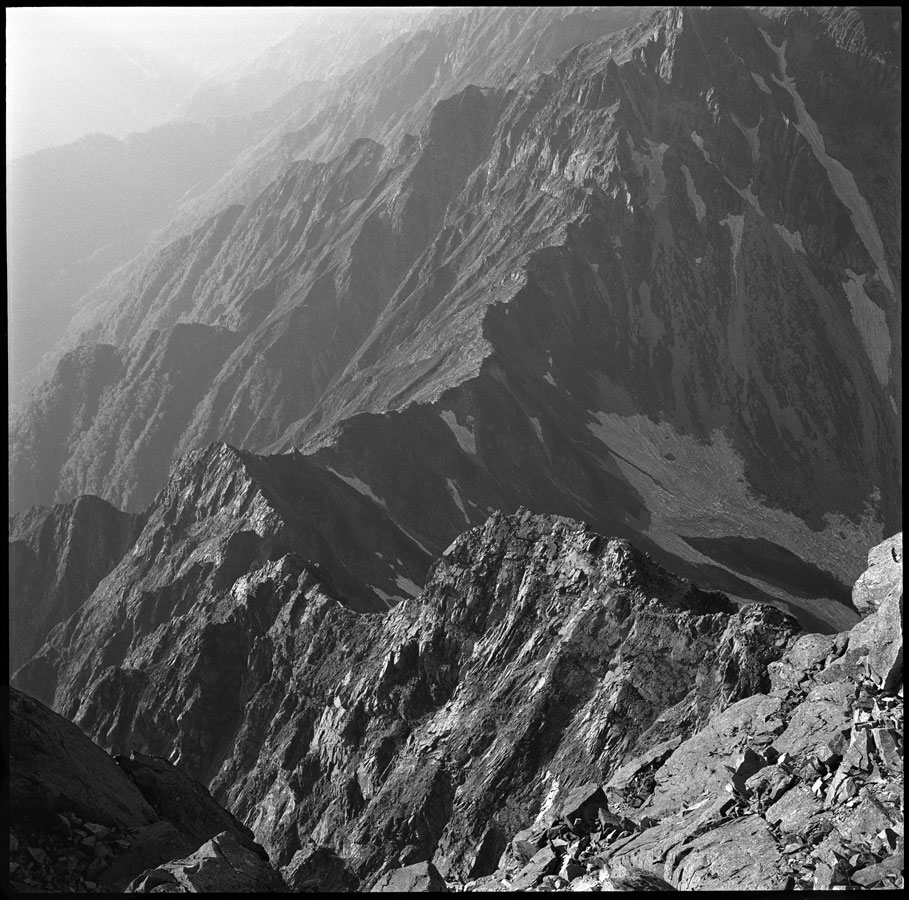 The main ridge of the peaks in Kamikochi is a spectacular alpine zone. Daikiretto (大切戸), the Big Gap, is a one kilometer or two-thirds of a mile section that has numerous vertical pitches of rock with chains and ladders to aid climbers. The estimated time to traverse this for an experienced climber is about three and a half hours. This is the view from Kita Hodaka-dake (3,106m/10,190ft.). Click on the image for a larger view.
The main ridge of the peaks in Kamikochi is a spectacular alpine zone. Daikiretto (大切戸), the Big Gap, is a one kilometer or two-thirds of a mile section that has numerous vertical pitches of rock with chains and ladders to aid climbers. The estimated time to traverse this for an experienced climber is about three and a half hours. This is the view from Kita Hodaka-dake (3,106m/10,190ft.). Click on the image for a larger view.
Kamikochi and Yoko Valley
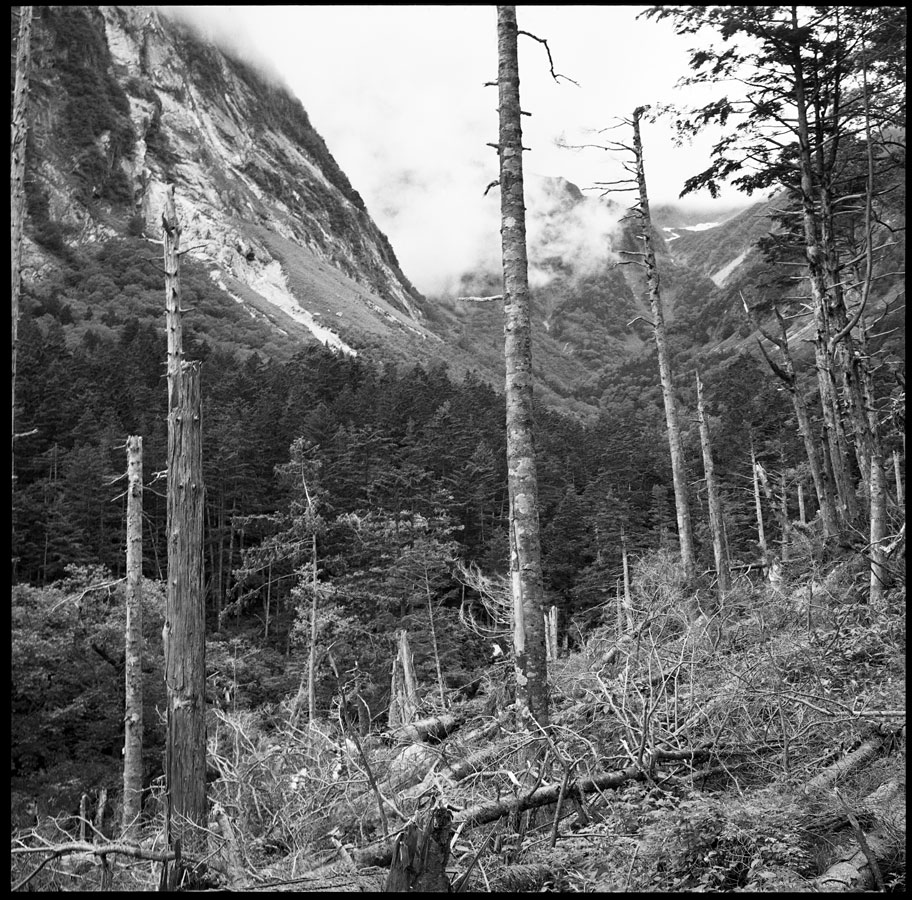 The summer climbing season, coming between rainy season in June and typhoon season in August, is a short one. It is said the last ten days in July present the most stable weather. Even in the best of weather, you can be almost guaranteed a shower in the mountains in the middle of the day, even if the rest of the country is seeing blue skies and sunshine.
The summer climbing season, coming between rainy season in June and typhoon season in August, is a short one. It is said the last ten days in July present the most stable weather. Even in the best of weather, you can be almost guaranteed a shower in the mountains in the middle of the day, even if the rest of the country is seeing blue skies and sunshine.
One of the most popular routes to the summit of Okuhodaka-dake is through Yoko valley. With a wet, temperate climate, the tree line in the Japanese Alps is around 2,500m/8,200ft. Click on the image for a larger view.


